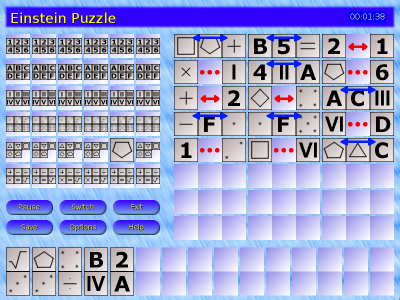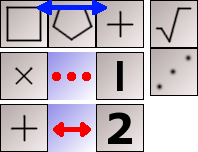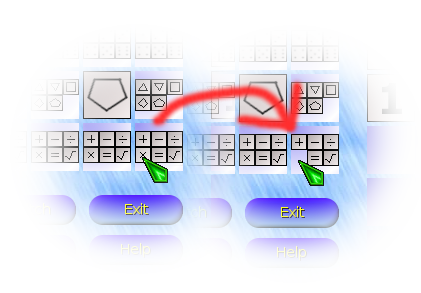Entry submitted by Matej Urbančič. DPOTD needs your help, please contribute !
Quick overview
Krusader is the most advanced twin panel file manager for Linux with a bundle of features, that can not be all included in this simple package presentation.
Program description
Krusader as an advanced twin-panel (commander-style) file-manager provides all the file-management features you could possibly want. Its simple and straight forward interface provides great working environment for newbies as well as more expert users. While its features are usually described through extended and advanced functionality, it is basically still a file manager for everyone with simple ways for copying, moving, deleting, packing, editing and viewing files. on more advanced levels it features extensive archive handling, mounted file system support, FTP, an advanced search module, a text viewer/editor, directory synchronization, support for file content comparisons, powerful batch renaming, and a lot of other things only real expert users use.
Krusader follows the same paradigm as legendary console based Midnight Commander and windows rival Total Commander. Among Linux alternatives for graphical interface the closest is GNOME commander.
To be just a bit more verbose, Krusader uses two powerful panels, command line and optional terminal emulator, strong keyboard orientation and with it the ability to perform all functions without the mouse. Or with it, if you prefer it that way. It has context-dependent invocation of scripts and programs, history of almost everything, virtual file systems for remote connections, support for many archives, search results and synchronizer, a really powerful internal viewer and editor, advanced searching capabilities on the file system, but also inside archives and search content on remote file systems.
It has several panel view modes via the PopUp panel, locate GUI frontend and separate synchronize directories, mount-manager and disk usage module. It’s archive handling capabilities are wide in features and supported archives types. It utilizes many checksum creation-verification mechanisms, calculates occupied space of files and folders, archives and remote file systems, file splitter and synchronized browsing, it provides directory comparison and filtering and also file compare by content via external diff programs. It integrates powerful renaming via Krename. It simplifies overview and changing of file permissions and ownership with support for numeric permissions, selection filters in synchronizer and searcher. It is fully mimetype-aware, uses tabbed panels and integrates editor/viewer.
Screenshots
Screenshots from Krusader homepage.
Click on picture to see large version.



Additional Information
- Homepage: krusader.org
- Forum: krusader phpBB
- Programming language: C++ on Qt/KDE framework.
- Archive support: ace, arj, bzip2, deb, gzip, iso, lha, rar, rpm, tar, zip and 7-zip.
- Connections: ftp, sftp, lan, samba, NFS, fish.
- Checksum: md5, sha1, sha256, sha224, sha256, sha384, sha512, tiger, whirlpool, cfv and crc.
- External diff support: Kompare, Kdiff3 or xxdiff.
- Recommended packages: krename, kompare, kmail.
- Availability: Latest version are available both in Debian and Ubuntu. You also have an updated distro list at Distrowatch.
Last words
Krusader project gets a lot of appraisal in reviews. Still, it’s twin panel paradigm somehow, makes users distant. From early beginnings of thin panel file managers, the idea of constantly connected source and destination panels gives an impression of geeky interface and usage. It gets down to simple solution. Use it once and you will never look back.







 In Einstein, the player is given 6 groups of different types of tiles, with 6 tiles in each and a number of hints. Only one type of tiles can be found in a row. There are four different types of hints.
In Einstein, the player is given 6 groups of different types of tiles, with 6 tiles in each and a number of hints. Only one type of tiles can be found in a row. There are four different types of hints. The gameplay consists of elimination and deduction according to the hints. For example, the “x … I” rule above reveals that “x” can’t be in the rightmost column since that would leave no room for having “I” anywhere. A click of the right mouse button removes that tile from consideration. Left clicks are conversely used to mark that the tile in question is in the claimed position. Unneeded hints can be removed from view by right clicks too.
The gameplay consists of elimination and deduction according to the hints. For example, the “x … I” rule above reveals that “x” can’t be in the rightmost column since that would leave no room for having “I” anywhere. A click of the right mouse button removes that tile from consideration. Left clicks are conversely used to mark that the tile in question is in the claimed position. Unneeded hints can be removed from view by right clicks too.